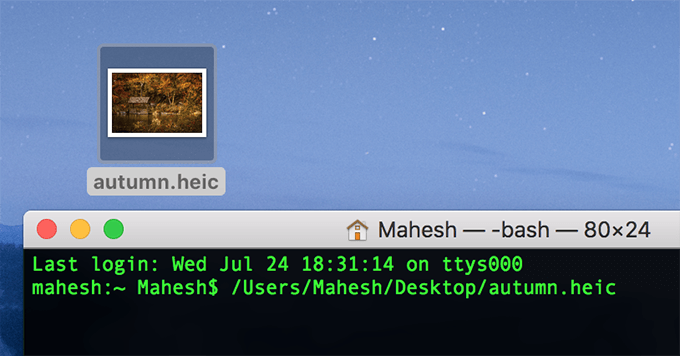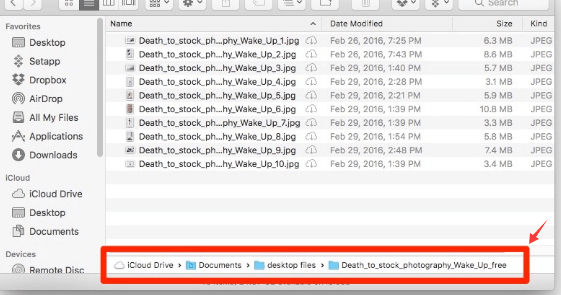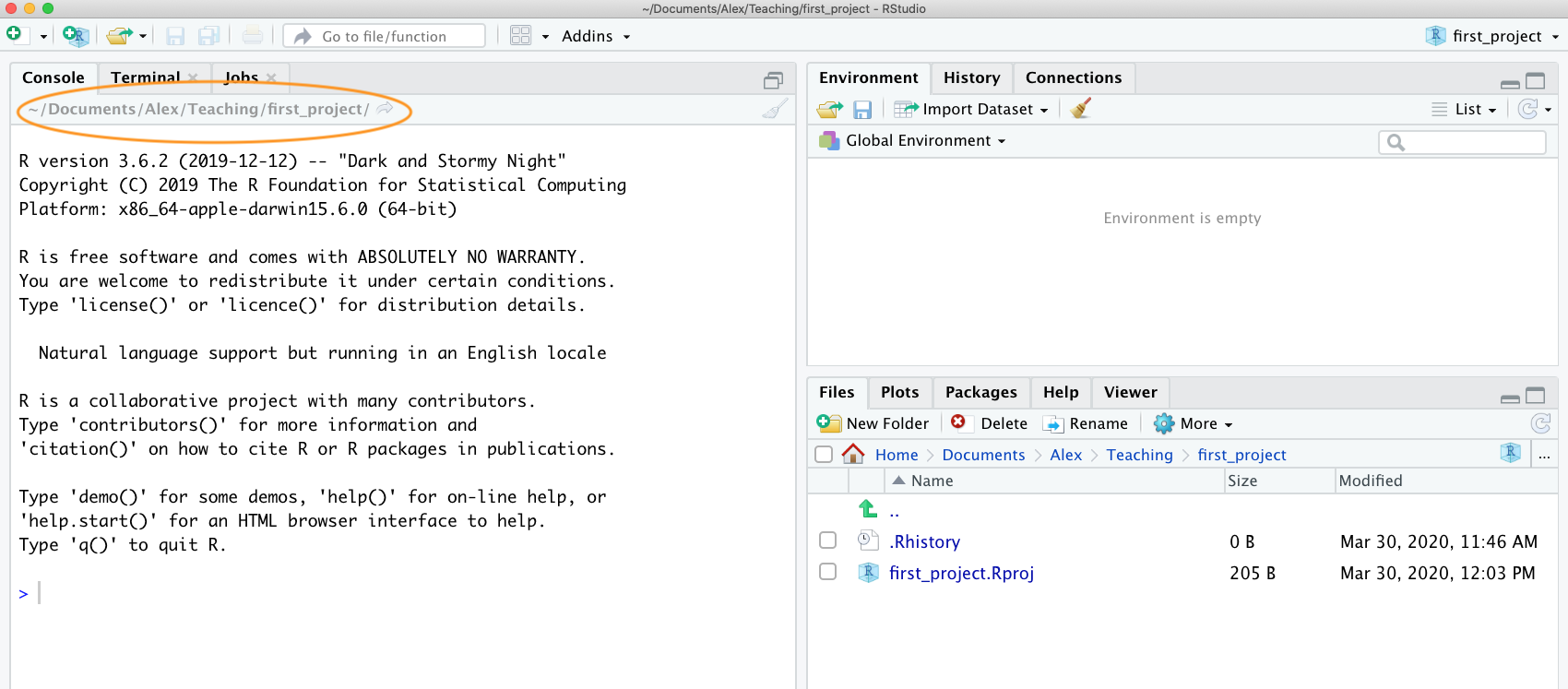
Contents ( Path & "Year - 2005.xlsx" ) ) in GetFiles


Once you do that, the query should look like this.
#MAC GET FILE PATH AS TEXT UPDATE#
And this formula would update automatically when the folder location is changed 😎 =LEFT(CELL("filename"),SEARCH("\[",CELL("filename")))Ĭonfirming the above formula returns the correct folder path Step 2 – I write a quick formula in our working file (Consolidate All Data) to retrieve the current file path. Note – It is essential to keep our working file (Consolidate All Data) in the same folder location as the other files. Step 1 – I add a Blank Excel File to the Folder (you can name it anything). I’d like the folder path to be dynamic, so when I change the folder location my query should update the new path automatically. It’ll come handy when you share your Query (Excel / Power BI file) and the source data with others, the file path will update automatically in their computer too.Ĭonsider I have a “Files” Folder on my Desktop with 3 Excel files to be combined into a Single one. Quick heads-up, this technique is meant for gathering data from files or folders in your computer.

In this post I’ll share, how can you create a dynamic folder or a file path, both in Excel Power Query and in Power BI. Source Step) in Power Query Dynamic, your queries would be so much better if their file source is dynamic. Use the ReadAllText(String, Encoding) method overload when reading files that might contain imported text, because unrecognized characters may not be read correctly.When you walk down a few months in the Power Query lane, you’d feel if only there was a way to make the File Path (i.e.

This method attempts to automatically detect the encoding of a file based on the presence of byte order marks. This method opens a file, reads all the text in the file, and returns it as a string. ' This text is always added, making the file longer over timeĭim appendText As String = "This is extra text" + Environment.NewLineįile.AppendAllText(path, appendText, Encoding.UTF8)ĭim readText As String = File.ReadAllText(path) ' This text is added only once to the file.ĭim createText As String = "Hello and Welcome" + Environment.NewLineįile.WriteAllText(path, createText, Encoding.UTF8) String readText = File.ReadAllText(path) ĭim path As String = "c:\temp\MyTest.txt" String appendText = "This is extra text" + Environment.NewLine įile.AppendAllText(path, appendText, Encoding.UTF8) This text is always added, making the file longer over time String createText = "Hello and Welcome" + Environment.NewLine įile.WriteAllText(path, createText, Encoding.UTF8) String path = This text is added only once to the file. In this example a file is created, if it doesn't already exist, and text is added to it.
#MAC GET FILE PATH AS TEXT CODE#
The following code example demonstrates the use of the ReadAllText method to display the contents of a file. The caller does not have the required permission.


 0 kommentar(er)
0 kommentar(er)
